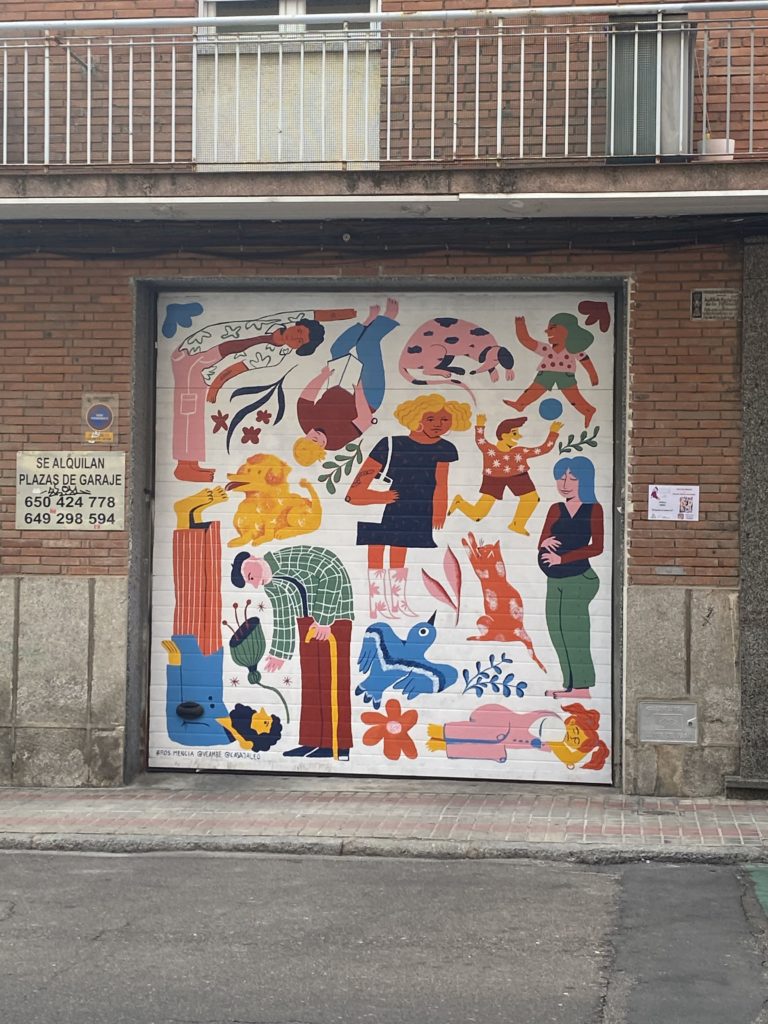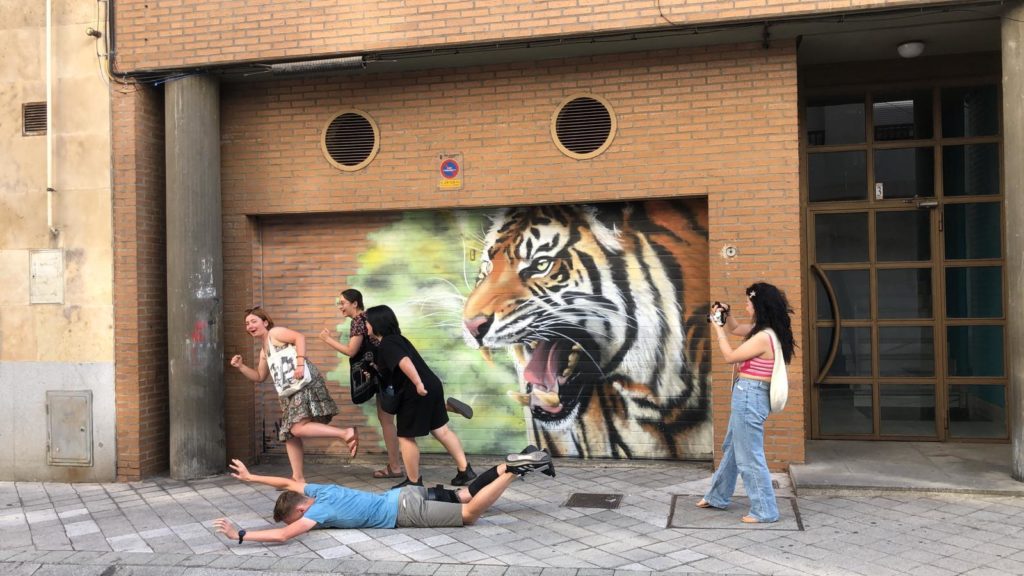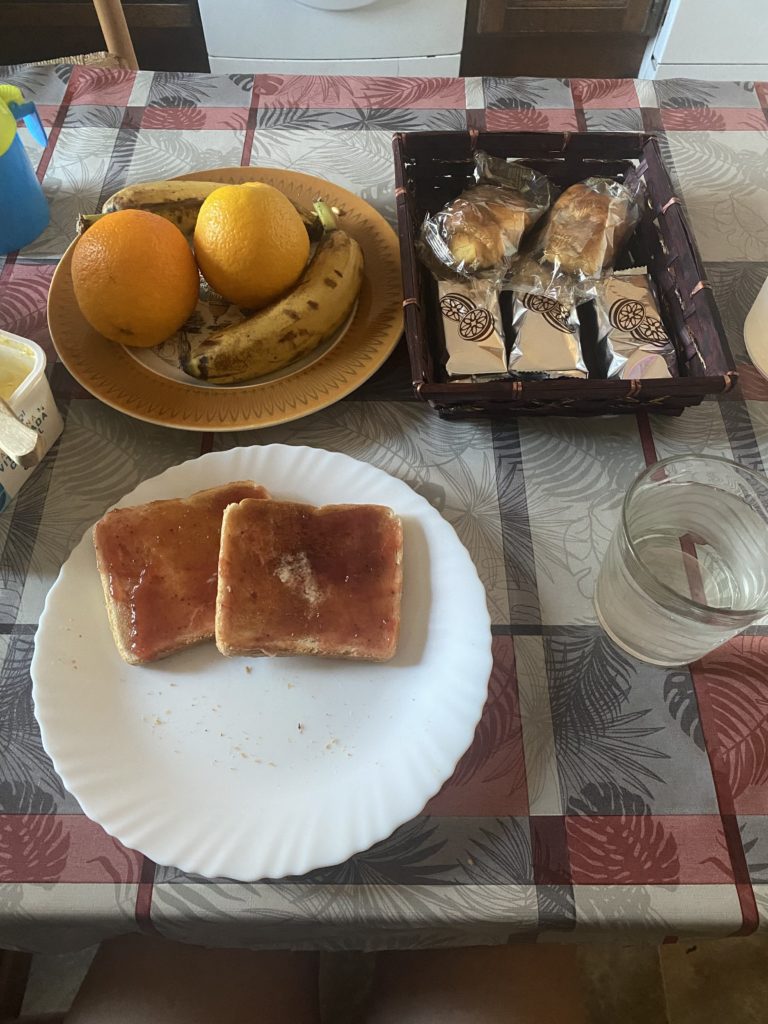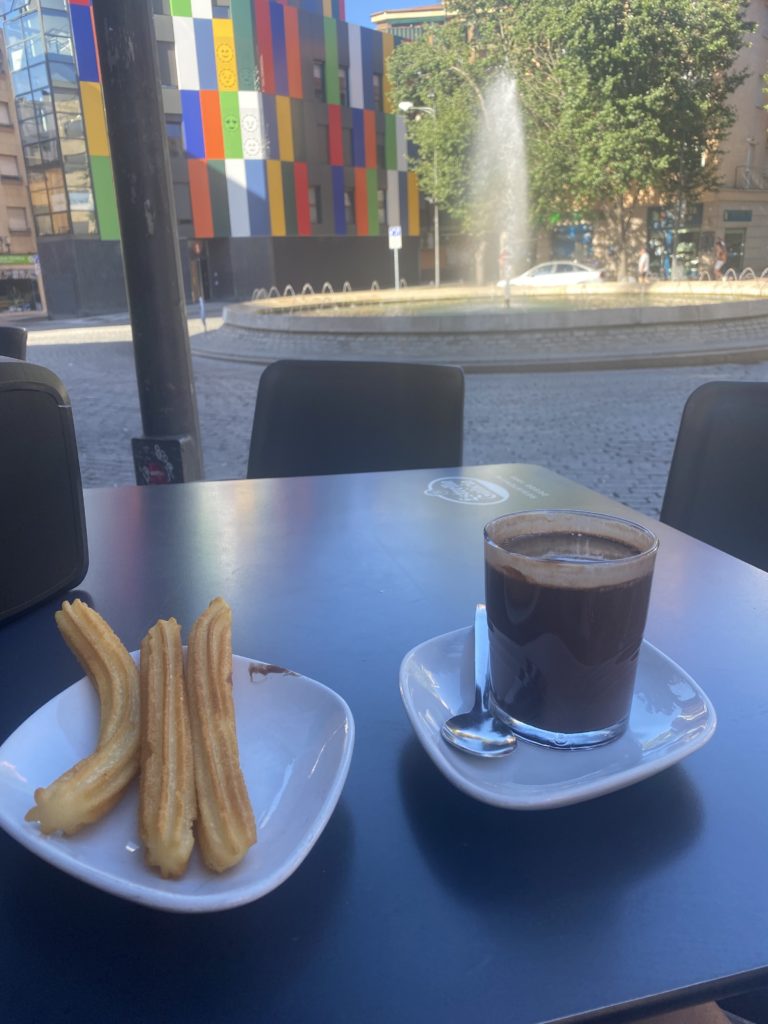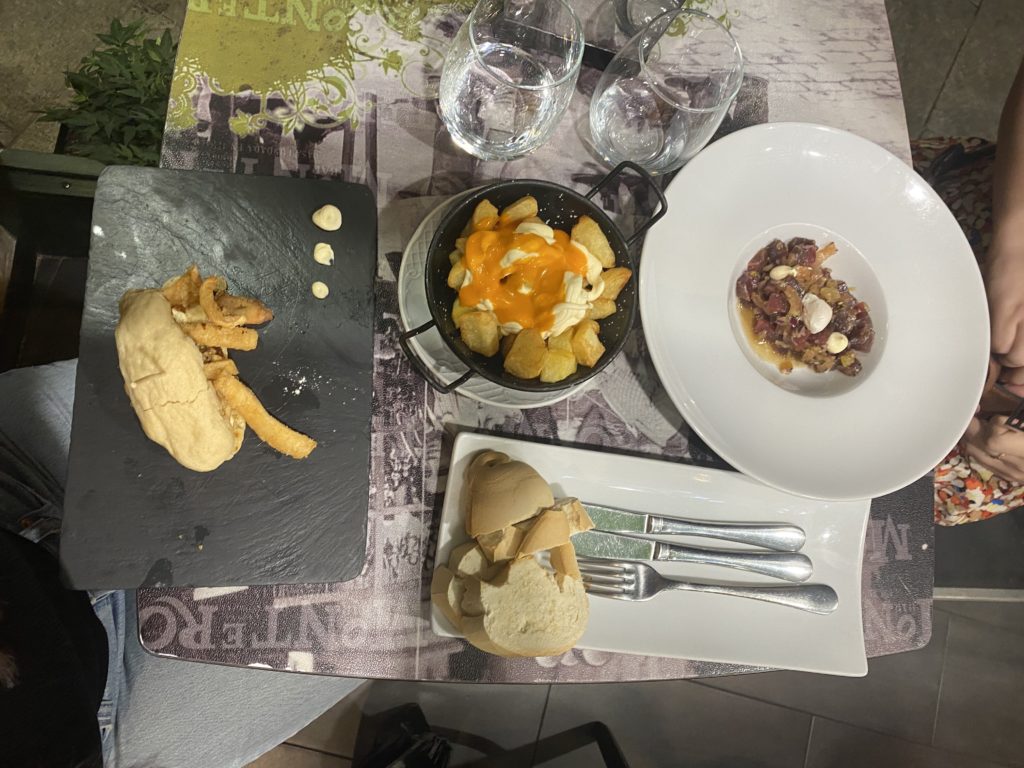
It has been about a week since I finished classes in Salamanca. Right now I am in Toledo about to start my semester abroad! With this said, I feel so much more prepared for classes in Toledo than I did six weeks ago.
The last six weeks have done a lot to build up my confidence in my ability to interact with people in Spanish. My experience with Spanish in Mexico during the Center for Social Concerns Fellowship was much more stressful than Salamanca partly because I was very fearful and self-conscious of the mistakes I made while speaking. Since Mexico had been somewhat difficult to adjust to, I expected that Spain would be just as hard to acclimate to as well. Surprisingly, it was much easier for me to adjust than I had initially thought. This may be because Spain, while different, still reminds me of the U.S. in a lot of ways. Furthermore, in Mexico, I had already experienced the initial shock of being placed in an environment where I could not rely on English, so this was less nerve-racking when it happened in Spain.
Besides language acquisition, the other goal I mentioned in my first blog post was improving my ability to work through situations using a different cultural mindset. Since there were people from all over the world studying at Colegio Delibes, I was fortunate enough to become acquainted with many interesting individuals who had different perspectives from mine. While I definitely think I am more cognizant of what people outside the U.S. think about Americans and why they may think differently about certain things, I don’t think I am at the point where I can unconsciously “change” my cultural mindset. I think when I wrote this goal I inherently assumed I would be completely changed by my time in Spain. While I definitely have had a formative experience, my initial impression of new places and situations is primarily influenced by the culture I grew up in and my identity as an American. With this said, my ability to reflect on past experiences from new perspectives and understand others from different cultures has grown.
During my time in Toledo, I hope to learn even more about the language, culture, and history of Spain. Muchísimas gracias por el apoyo del CSC! The world truly is our classroom!




